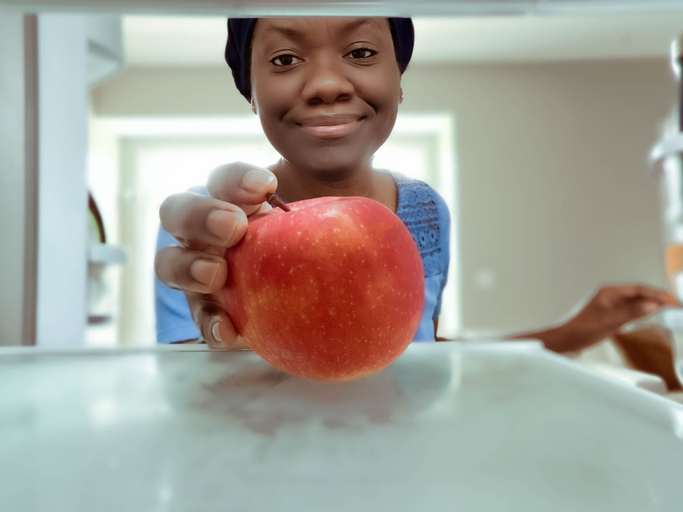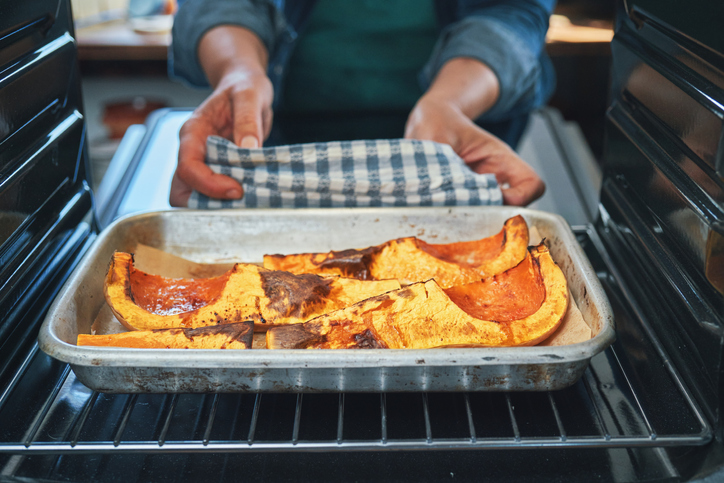
Source: Grace Cary / Getty
It’s that time of year when you notice a turnover of product in the bins at your local Farmer’s Market or preferred grocery store. You go over to the fruit section to grab raspberries and apricots and they’ve been replaced with all sorts of apples and pears. The mini seedless watermelons have disappeared. Lots of root vegetables and stalky greens are showing up. The fall harvest is in full swing, so it’s time to adjust your menus accordingly. Hopefully, you’re still making many of your meals from home, both because the COVID-19 pandemic is still a risk, so it’s safer to eat at home, and because research has found that eating home-cooked meals correlates with better dietary quality and lower rates of obesity.
If you are already making an effort to incorporate more fruits and vegetables into your diet, then you probably want to get the most nutrients out of that produce as you can. Research has found that produce contains the highest amount of nutrients just after the harvest. The longer you wait after the harvest to eat it, the more the nutrient density drops. You’ll likely notice that out-of-season produce just doesn’t taste great, either. Tomatoes for example, which are a sun-thriving food, start to lose flavor and become watery in the fall. This is the time for fruits and vegetables that thrive in cool weather, and even underground. In this list, we’re focusing on fall fruits and vegetables that are high in fiber. A diet high in fiber can lead to better digestion, and there is a strong connection between our guts and our minds, so your moods and focus will thank you for this.

Source: GMVozd / Getty
Pumpkin
Maybe you should plan a trip to the pumpkin patch, not just for the Instagram photos, but also for the food itself. One cup of the stuff has three grams of fiber with very little sugar, carbs, or calories, and tons of vitamins. And it’s so easy to incorporate into so many recipes, like pumpkin pie, pumpkin soup, pumpkin mash, or even a simple roasted pumpkin.









